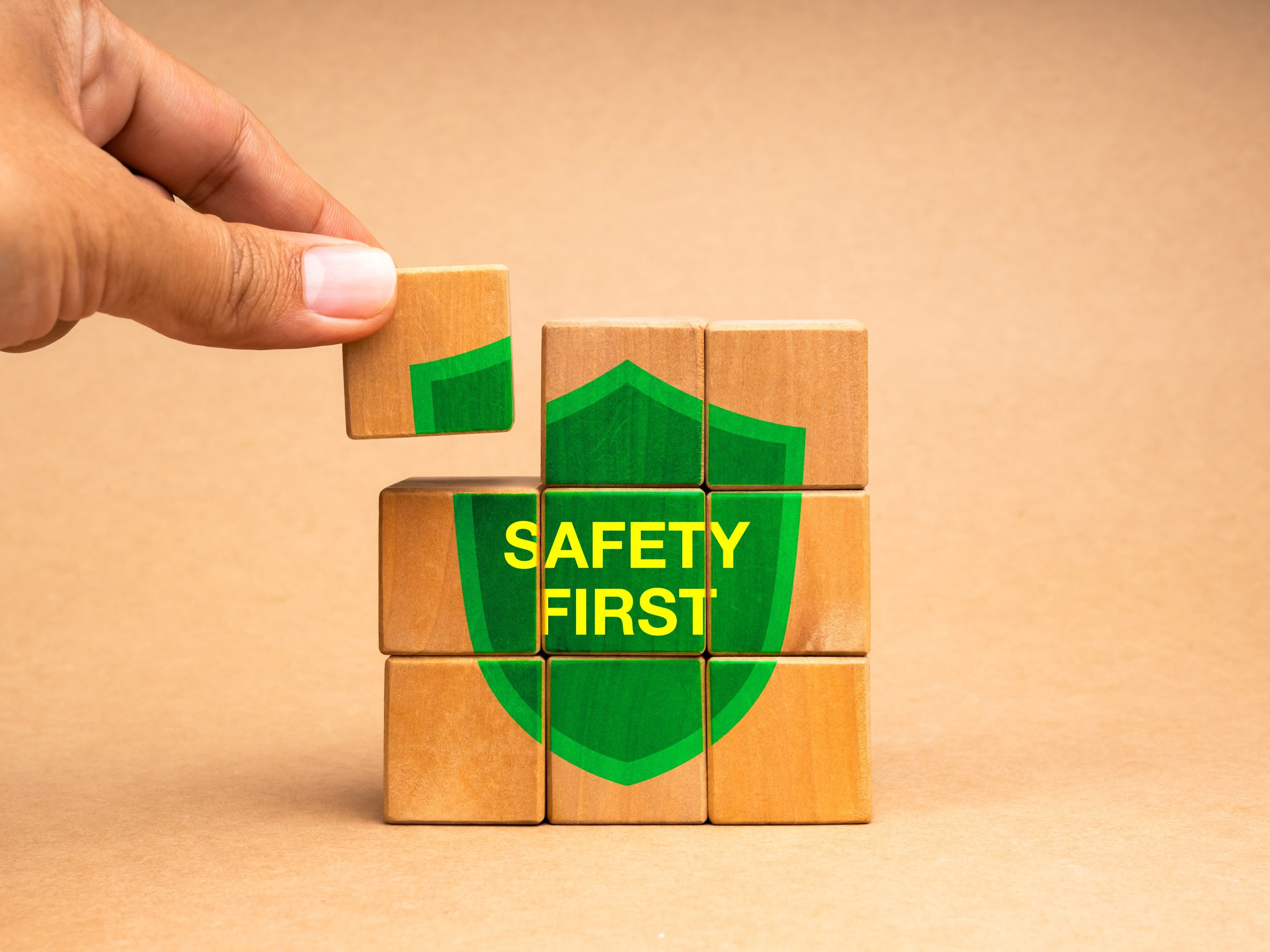[vc_row][vc_column][vc_column_text]One promise of workers' compensation benefits is to allow an injured worker to seek medical treatment. Regardless of how a work injury occurs, where it occurs, or who or what is to blame for the incident that led to the injury, workers hurt on the job can seek medical treatment for as long as necessary, until they are deemed fully recovered. There are some work injuries, however, that will never result in a full recovery, regardless of how much medical treatment is received.
Obviously, no amount of medical treatment is going to help victims of catastrophic work injuries, such as paralysis or dismemberment, fully recover. But many work injuries considered minor or moderate also never result in a full recovery. When treatment for a work injury is no longer helping a patient recover, medical staff will declare the patient "permanent and stationary" (P&S) and stop performing further treatment. Upon being declared P&S, an injured worker is considered permanently disabled and eligible for permanent disability benefits.
The amount of permanent disability benefits received by an injured worker vary. Upon declaration of P&S, medical staff produce a report that determines a "disability rating" from 0 to 100 percent based on several factors, including:
- Severity of the injury
- Pain levels, even after treatment
- Ability to perform assigned work duties
- Previous, non-work-related injuries
- Future medical care










